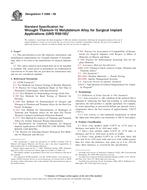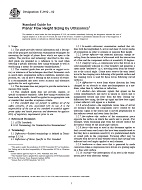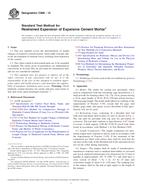1.1 This test method covers the measurement of peak braking coefficient of paved surfaces using a standard reference test tire (SRTT) as described in Specification E 1136 that represents current technology passenger car radial tires. General test procedures and limitations are presented for determining peak braking coefficient independent of surface conditions. Actual surface test conditions are determined and controlled by the user at the time of test. Test and surface condition documentation procedures and details are specified. This measurement quantifies the peak braking coefficient at the time of test and does not necessarily represent a maximum or fixed value.
1.2 This test method utilizes a measurement representing the peak braking force on a braked test tire passing over a road surface. This test is conducted with a tire under a nominal vertical load at a constant speed while its major plane is parallel to its direction of motion and perpendicular to the pavement.
1.3 The measured peak braking coefficient obtained with the equipment and procedures stated herein may not necessarily agree or correlate directly with those obtained by other surface coefficient measuring methods.
1.4 This standard does not purport to address all of the safety concerns, if any, associated with its use. It is the responsibility of the user of this standard to establish appropriate safety and health practices and determine the applicability of regulatory limitations prior to use.
Product Details
- Published:
- 01/01/2002
- Number of Pages:
- 5
- File Size:
- 1 file , 49 KB


